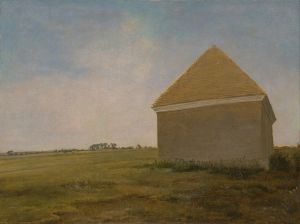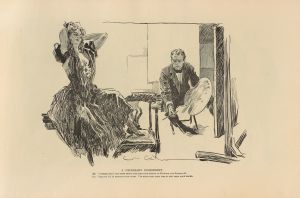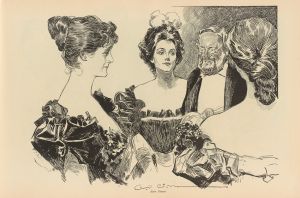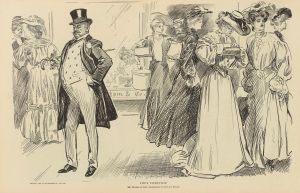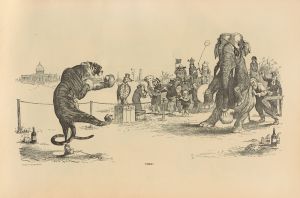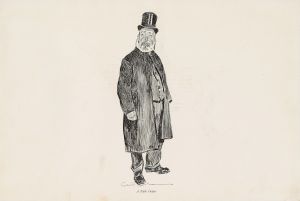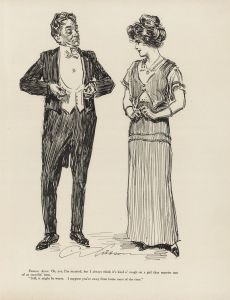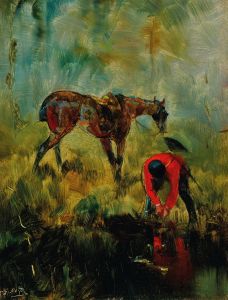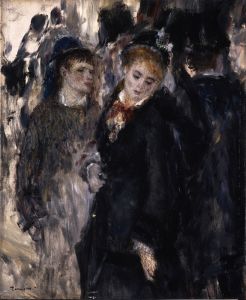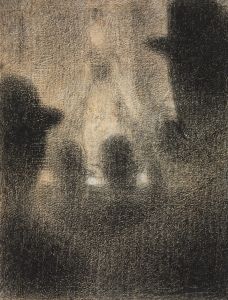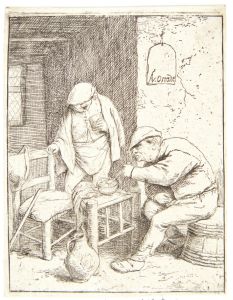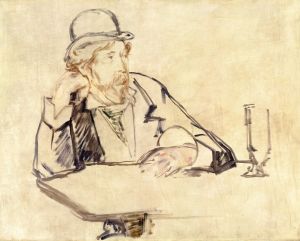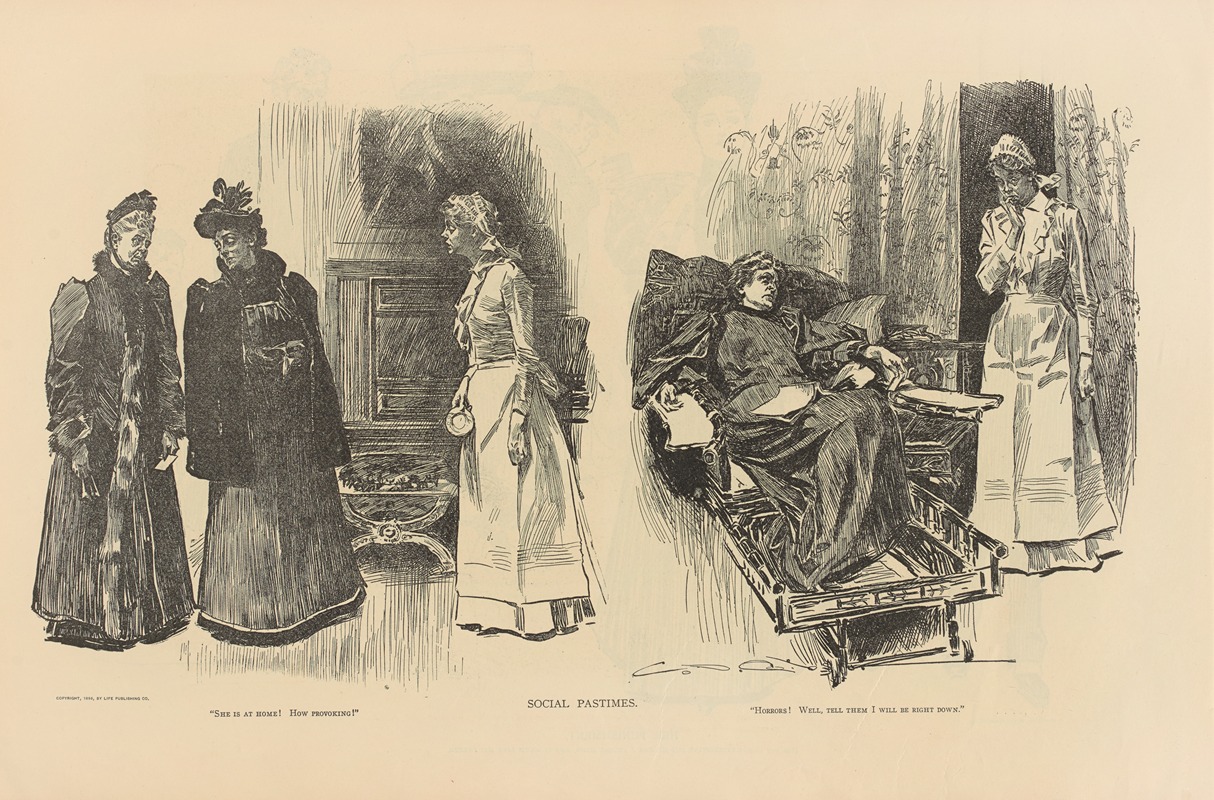
Social pastimes
A hand-painted replica of Charles Dana Gibson’s masterpiece Social pastimes, meticulously crafted by professional artists to capture the true essence of the original. Each piece is created with museum-quality canvas and rare mineral pigments, carefully painted by experienced artists with delicate brushstrokes and rich, layered colors to perfectly recreate the texture of the original artwork. Unlike machine-printed reproductions, this hand-painted version brings the painting to life, infused with the artist’s emotions and skill in every stroke. Whether for personal collection or home decoration, it instantly elevates the artistic atmosphere of any space.
Charles Dana Gibson was an influential American illustrator best known for his creation of the "Gibson Girl," a representation of the idealized American woman at the turn of the 20th century. His work was widely published in magazines such as Life, Harper's Weekly, and Scribner's, and his illustrations captured the social dynamics and cultural norms of his time. One of his notable works is "Social Pastimes," which exemplifies his keen observation of social interactions and his ability to depict them with both elegance and a touch of humor.
"Social Pastimes" is a black-and-white illustration that showcases Gibson's signature style, characterized by detailed line work and a focus on the expressions and postures of his subjects. The illustration typically features a scene from high society, capturing the leisure activities and social engagements of the upper class. Gibson's work often included elements of satire, subtly critiquing the social mores and gender roles of his era.
In "Social Pastimes," Gibson's attention to detail is evident in the way he renders clothing, facial expressions, and the interactions between characters. His illustrations often depicted women in fashionable attire, embodying the grace and poise associated with the Gibson Girl. The men in his works were typically portrayed as dapper and attentive, reflecting the social etiquette of the time.
Gibson's illustrations were more than mere depictions of social scenes; they were commentaries on the changing roles of women and the evolving nature of social interactions. The Gibson Girl, as seen in works like "Social Pastimes," represented a new type of American woman—independent, confident, and socially active. This was a departure from previous representations of women, and Gibson's work played a significant role in shaping public perceptions of femininity and social norms.
The popularity of Gibson's illustrations, including "Social Pastimes," was immense during his lifetime. His work was not only featured in prominent publications but also reproduced on a variety of merchandise, from calendars to postcards. This widespread distribution helped cement the Gibson Girl as a cultural icon and made Gibson one of the most celebrated illustrators of his time.
Gibson's influence extended beyond his illustrations; he was also a prominent figure in the art world, serving as president of the Society of Illustrators in New York. His legacy is evident in the continued recognition of the Gibson Girl as a symbol of early 20th-century American culture.
"Social Pastimes" remains a testament to Charles Dana Gibson's skill as an illustrator and his ability to capture the essence of his era. Through his work, Gibson provided a window into the social life of the time, offering both a reflection and a critique of the society in which he lived. His illustrations continue to be studied and appreciated for their artistic merit and cultural significance.





